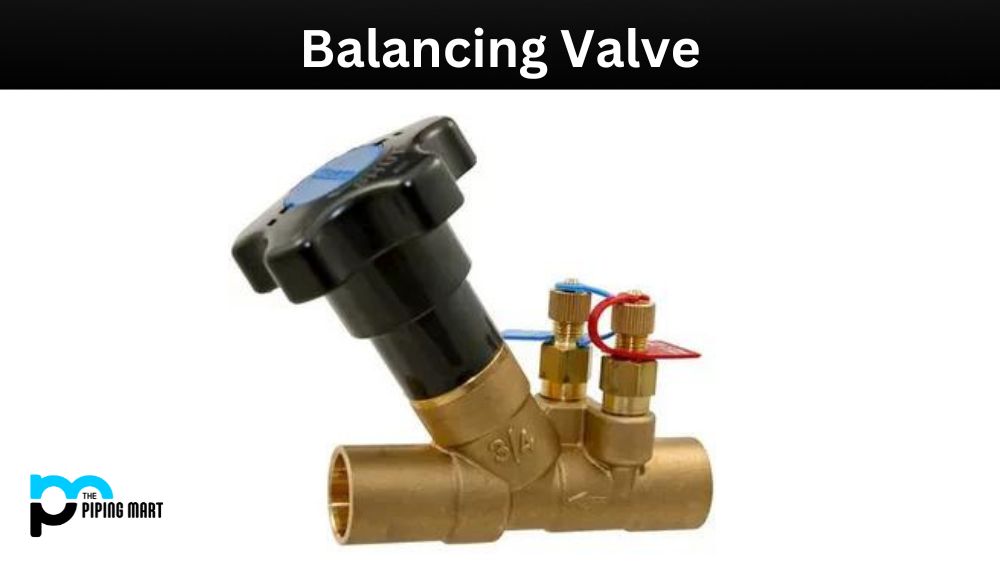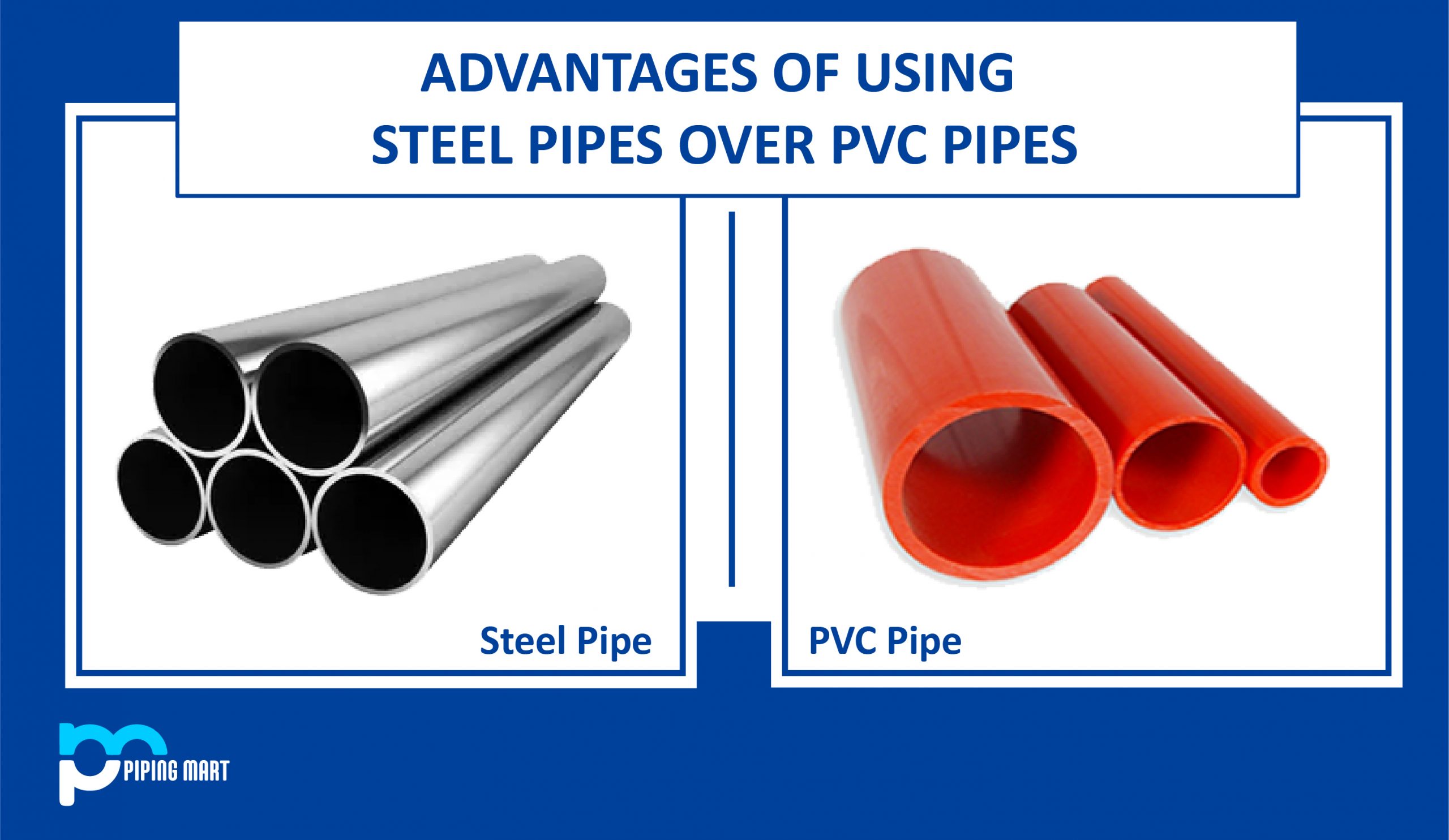Balancing valves are an essential component in any commercial or industrial HVAC system. They help maintain a consistent water flow by balancing the pressure and flow rate in different parts of the system. However, balancing valves have advantages and disadvantages like any other mechanical device. This blog post will dive deep into this topic, discussing the pros and cons of balancing valves for your HVAC system.
Advantages of Balancing Valve
Improved Energy Efficiency: Balancing valves helps improve your HVAC system’s energy efficiency. By balancing the flow rates and pressure, the valves ensure that all system parts receive the right amount of water, preventing unnecessary energy waste.
Reduced Maintenance Costs: Imbalanced water flow in an HVAC system can cause equipment failure, resulting in costly repairs. Balancing valves prevent this by ensuring balanced flow, reducing the likelihood of component failure and maintenance costs.
Enhanced Comfort: The consistent water flow in an HVAC system maintained by balancing valves provides even heating and cooling throughout a building. This improves the comfort level for building occupants, creating a more pleasant working or living environment.
Disadvantages of Balancing Valve
Increased Installation Costs: Balancing valves can add to the initial cost of installing an HVAC system. Aside from the materials, installing balancing valves requires an expert technician to ensure that all components are correctly balanced, adding to the installation expense.
Reduced Flow Rates: While balancing valves ensure a consistent flow of water in the system, it can limit the water flow rate in certain areas, limiting the heating and cooling capacity of the system.
Additional Maintenance: Balancing valves requires regular maintenance to ensure they continue to work correctly. The addition of these valves in the system will require all system components to be regularly checked for proper balance and flow rate, increasing the cost of maintenance.
Conclusion:
Balancing valves offers numerous benefits for commercial or industrial HVAC systems. From improving energy efficiency and comfort to reducing maintenance costs, these valves are essential to maintaining an excellent HVAC system. However, it’s important to weigh the advantages against the disadvantages when considering balancing valves, such as added installation costs, potential water flow rate limitations, and extra maintenance. Consult with an HVAC expert to determine if balancing valves are the best addition to your HVAC system.
Sakshee is a talented blogger, with a particular focus on the Business and Metal Industry. She is passionate about sharing her insights on various metal products and helping professionals to make a better decisions.




